Once you eliminate most carbohydrates from your diet, protein and fat take center stage. They're the two building blocks on which your low carbohydrate diet must be based.
Depending on if you're focusing on low carb for diabetes management, per Dr. Bernstein, low carb for nutritional ketosis, or a combination of the two, healthy sources of protein are crucial to achieving your low-carb goals.
One complaint about low carb eating is that it's expensive. Yes, protein is the most nutrient dense food source, gram per gram. Yes, low-carb can be quite expensive if you're eating grass-fed ribeye steak every day.
It doesn't have to be this way, though.
How can you focus on good quality protein and fats while staying on a budget?
Shop wisely. Discount stores and big-box chain stores such as Aldi, Walmart, Trader Joe's, Sam's Club and Costco often have great deals on protein. Shop there for eggs, cuts of beef, pork, and salmon, along with packaged protein sources such as tuna and sardines and SPAM (even sausage and bacon, but watch for the additives!)
Seek out a butcher: They ARE still around! Butchers have great recommendations for inexpensive cuts of meat and can often advise you on the best preparation methods per cut. They can also tell you exactly what their house-made-sausages contain and direct you to the items to best fit your dietary needs. Plus, when you're a regular, they might even give you the heads-up when a sale is coming or even put things aside for you.
Be open to alternative sources of protein such as liver, other organ meat and offal: Seriously. It's not as gross as you think, and in fact, is incredibly nutrient dense, and usually very inexpensive. Explore the delicacies from around the world: tripe, chitterlings, trotters, marrow, heart, liver, etc. And, keep in mind that chicken liver is much different than beef and pork liver. There is a world of nutrient-dense (usually inexpensive) protein sources out there!
Take Uncle John up on the offer to go hunting: Seriously. Forget farm to table, there really is nothing like wild to table. Keep in mind that animal processing is an additional expense, and you need ample freezer space to store the meat.
Opt for minimally processed: Always buy bone-in and unseasoned cuts. These are usually less expensive than boneless/skinless or prepared and packaged "just heat and serve" meats. They also will have fewer to none of the questionable items that we tend to avoid, such as maltodextrin and MSG.
Save beef/pork bones and poultry/game carcasses to make bone broth: Freeze the bones until ready to use, then follow our bone broth recipe or develop your own.
There ARE ways to eat LCHF (low carb high fat) or LCHP (low carb high protein) without breaking the bank! For other ideas on how to make your low carb dollar stretch a bit further, see our previous post, Low Carb On a Budget.
What are are your favorite tips? Do you have some that we haven't included here? Please tell us in the comments below!











This low carb carrot cake with cream cheese frosting is so good! I've modified an existing low carb recipe to make it even lower carb without sacrificing taste. This makes a lovely layer cake or sheet cake.